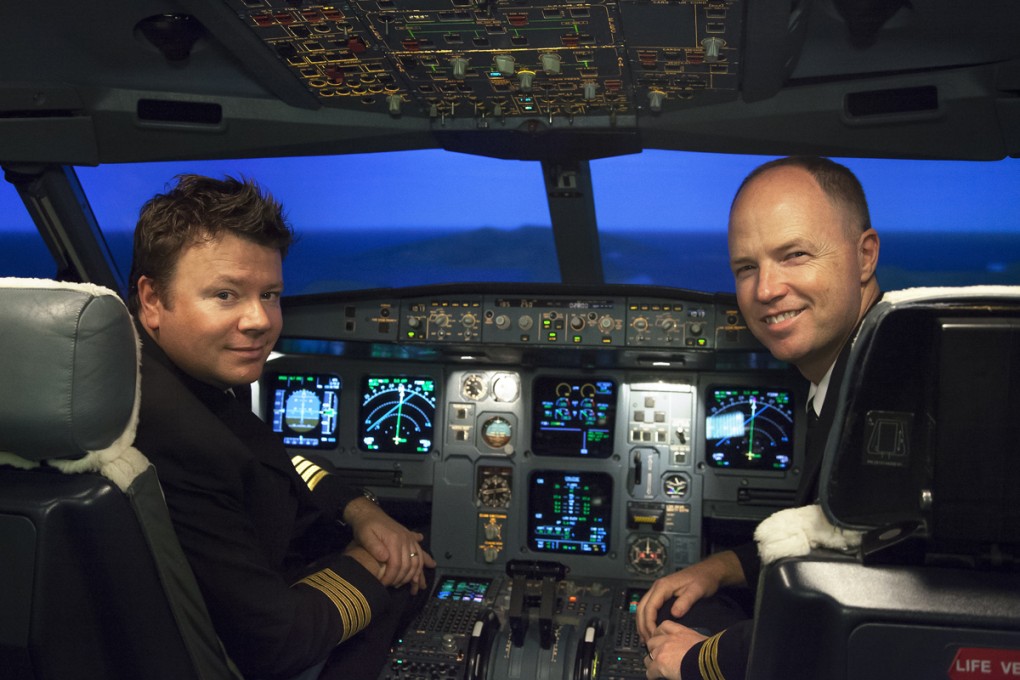Pilots reveal death-defying ordeal as engines failed on approach to Chek Lap Kok
When both of Flight CX780’s engines failed on approach to Chek Lap Kok, tragedy looked certain to its pilots. However, outstanding airmanship led to a safe – if not smooth – landing for the 322 people on board

The cockpit announcement as the plane bumped through the air towards Hong Kong was a masterpiece of understatement: “Ladies and gentlemen, this is the captain speaking. As you no doubt may be aware, we have a small problem with our engines …” Minutes earlier, the pilot who spoke those calm but ominous words, Malcolm Waters, then 35 years old, had been struggling alongside First Officer David Hayhoe to prevent the crippled Cathay Pacific aircraft from plunging into the South China Sea. Filled with contaminated fuel before take-off in Surabaya, the Airbus A330-342, with 322 passengers and crew aboard, had been gliding ever closer to the sea with no power in either engine – and even when the pilot made his announcement, its fate was still far from certain.
In an extraordinary sequence of events, the plane’s two Rolls-Royce engines spluttered and failed in the final descent to Hong Kong, leaving the captain and co-pilot with an unprecedented challenge. For three to four minutes, the plane headed helplessly towards the choppy ocean below before the pilots managed to regain thrust in one engine to keep Flight 780 aloft.
The realisation of what could happen strikes you ... what you feel is fear
Then, in their final approach, the power setting jammed in the one functioning engine, forcing the pilots to land the plane at a dangerously high speed of 231 knots, some 177km/h above the normal landing speed.
The remarkable actions of Waters and Hayhoe were last month recognised when they were awarded the prestigious Polaris Award for heroism and airmanship by the International Federation of Airline Pilots’ Associations.
Now, in their first newspaper interview since the drama four years ago, the two Australian pilots describe to Post Magazine how the emergency unfolded and the fear they felt as they battled to prevent a catastrophe.

IT WAS A BRIGHT spring afternoon over the South China Sea, about 50 nautical miles from Hong Kong, when what began as a problematic but manageable flight from Surabaya turned into a life-or-death emergency. There had been some fluctuations, or misfirings, in both engines – particularly in engine No 2 (that to the pilots’ left) – as the plane climbed out of Indonesia’s second-largest city on the morning of April 13, 2010. Two hours into the flight, there were more fluctuations in engine No 2.
